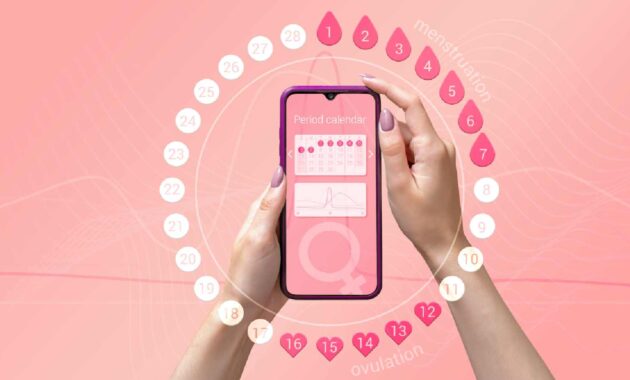There are women who like to achieve certain things in life first and then move on to family planning. If you are trying to get pregnant, it’s time to recognise the signs of ovulation. That’s because ovulation plays a starring role in reproduction. Tracking it can help in family planning or identifying fertility issues if you have any. Here’s what you need to know about looking for ovulation symptoms.
Health Shots connected with Dr Azadeh Patel, a Fertility Consultant and Clinical Lead, ART Fertility Clinics, Ahmedabad to help you spot the symptoms of ovulation.

What is ovulation?
Ovulation, which is an important phase in a menstrual cycle, occurs approximately once every 28 to 30 days. Dr Patel says that hormonal changes trigger the egg’s liberation, which happens typically around the midpoint of the menstrual cycle. It involves the release of a mature egg from the ovaries, which is then available for fertilisation by sperm. If sperm is present in the reproductive tract during this period, fertilisation might occur. That means good news might be waiting for you. If not fertilised, the egg dissolves and the menstruation follows within two weeks.
Signs of ovulation
If you are trying to have a baby, you can look out for several signs that indicate ovulation is happening. Here are common signs:
1. Changes in cervical mucus
As ovulation approaches, cervical mucus becomes clearer, thinner and more slippery, says the expert. It looks like the texture of raw egg whites. This type of mucus helps in sperm movement. It increases the chances of successful fertilisation. You can spot this in your vaginal discharge.
2. Basal body temperature (BBT) shift
Monitoring BBT with a special thermometer can reveal a slight increase in temperature (around 0.5 to 1 degree Fahrenheit) after ovulation, notes Dr Patel. This happens due to progesterone release, which is a hormone involved in supporting a potential pregnancy.
3. Ovulation pain
Some women experience mild abdominal pain on one side of their lower abdomen during ovulation. This pain, called mittelschmerz, might help to pinpoint the timing of ovulation.
Select Topics of your interest and let us customize your feed.
PERSONALISE NOW
4. Increased libido
Hormonal fluctuations during ovulation can lead to an increase in sexual desire, serving as a natural way for the body to encourage conception.
5. Ovulation predictor kits (OPKs)
Over-the-counter OPKs can detect the rise in luteinizing hormone (LH) in the urine, which typically occurs 24 to 36 hours before ovulation. If the result is positive, it means that ovulation is expected to happen soon.

You can also predict ovulation by using various methods and tracking changes in your body. Keeping a record of menstrual cycles for a few months helps to identify patterns.
Ovulation usually occurs about 14 days before the next period begins. So, if a woman has a regular 28-day cycle, ovulation is likely around day 14. However, this method might not be accurate for women with irregular cycles. There are also ovulation apps and trackers that are available to help women predict their ovulation based on menstrual cycle data and other symptoms.
Just relying on a single sign might not be the best way to know when you sre going to conceive. You can use a combination of these methods, such as tracking cervical mucus changes and using OPKs to improve the accuracy of detecting ovulation. There are also doctors who can always offer further guidance and support while you are trying to conceive.
#Signs #ovulation #fertile #period
